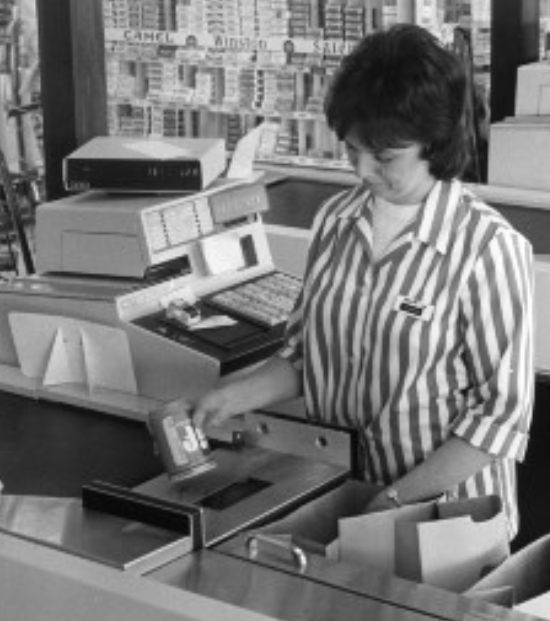Blog
I’ve been thinking...

Some people brought a blind man to Jesus and begged for help. After touching the man’s eyes, Jesus asked if he now saw anything. “I see people, sort of like trees walking.” So, Jesus touched the man’s eyes a second time. When they were opened, he saw everything clearly.
It took the first two decades of this millennium for the scales to fall from US healthcare eyes. Finally, seeing the need, today’s hospitals have ubiquitously incorporated computerized physician order entry (CPOE) and bar-code medication administration (BCMA) technologies into their medication-use processes.
As standard practice, nurses scan bar codes on patients’ wristbands and drugs before each medication administration, ensuring they match physician orders and intercepting errors when they don’t. What we’ve witnessed has been a slow but not small miracle. Much harm is being avoided, and many lives are being saved.
And yet, between ordering and administering, there’s another common blindness. This one is related to preparing intravenous products (IVs).
Caregivers have little choice but to assume IVs sent from their pharmacies have been accurately prepared—that they contain the drug, the whole drug, and nothing but the drug, so help me God.
That’s an assumption worth cross-examination.
Consider how vulnerable manual IV preparation processes are to human error. During a five-hospital observational study, researchers’ eyes caught what IV technicians failed to see: Nine percent (nearly one out of ten manually prepared IVs) involved errors. Wrong volumes and ingredients were the most common, resulting from unintentional blindness.
Neither nurses’ attentive eyes nor the bar-code scanners they wield can detect if IV preparations received, in fact, contain the exact ingredients and volumes ordered by physicians and promised on their labels. ECRI’s recently released Top 10 Health Technology Hazards for 2024 states, “Drug compounding errors that are not caught before a preparation leaves the pharmacy have a high likelihood of reaching the patient.”
Enter intravenous workflow management systems (IVWMS). IV preparation technology that combines reliable ingredient- and volume-verification tools (e.g., bar-coding scanning, image confirmation, gravimetrics, AI, etc.). Workflow hardware/software systems that guide pharmacy technicians step-by-step through each IV recipe, preventing them from moving to next steps until all previous steps have been precisely performed. Only after an IV is correctly completed is its label printed and applied for scanning at the bedside.
As they should, today’s hospitals insist their nurses use BCMA to scan bar codes on wristbands and IVs for a match. Why, however, do half of these hospitals remain blind to their need for IVWMS? Why wouldn’t all pharmacies insist on practicing the same safety measures upstream during preparation that they expect caregivers to practice during administration? Safety requires that correct volumes of the right ingredients are injected into IVs that will be pushed, pumped, or dripped into those patients.
But wait, there’s yet another blind spot, as roughly half the hospitals with IVWMS use the technology “only for high-risk drugs.” Words fail me, except maybe Willie Nelson’s “Lord, help me, Jesus.”
What if a technician preparing a “low-risk” IV were to accidentally select and use a high-risk ingredient for your loved one? Ask the family of Loretta McPhearson, whose ER physician ordered a low-risk sedative, which the pharmacy promptly but mistakenly filled with a paralytic agent. IVWMS would have intercepted the error and prevented their mother’s death.
Or how about otherwise innocuous drugs that become lethal when ordered volumes are exceeded? Ask the parents of little Kaia, who died from mistakenly receiving ten times the dose of sodium chloride ordered.
Every IV preparation is high risk if the possibility exists of admixing the wrong ingredients or incorrect volumes.
I am grateful that an ever-increasing number of hospitals have seen clearly enough to have adopted IVWMS. But I’ll persist in preaching to those who haven’t that they must.
And I’ll keep praying IVWMS hospitals with lingering blurred vision will experience a second touch and see the necessity of using these proven life-saving technologies for preparing all IVs—low-risk or high.
What do you think?

Blog
I’ve been thinking...
Be a THRIV Champion
Together we can increase IV accuracy and prevent harm, including death, by promoting the universal adoption + faithful utilization of workflow management safety systems.


